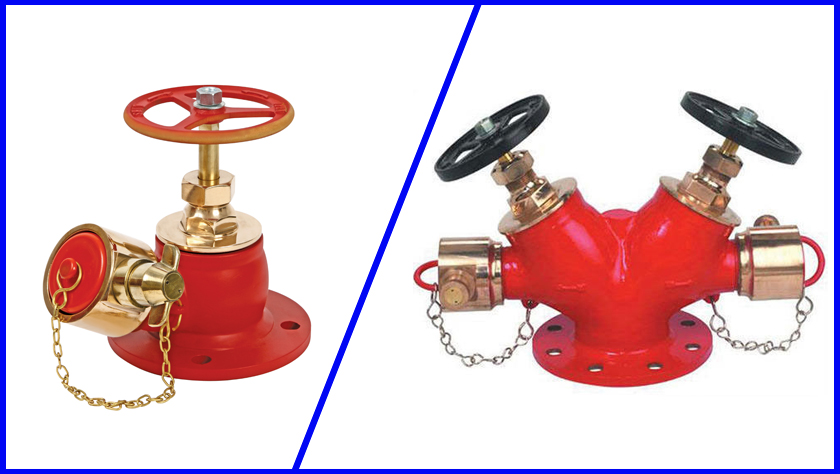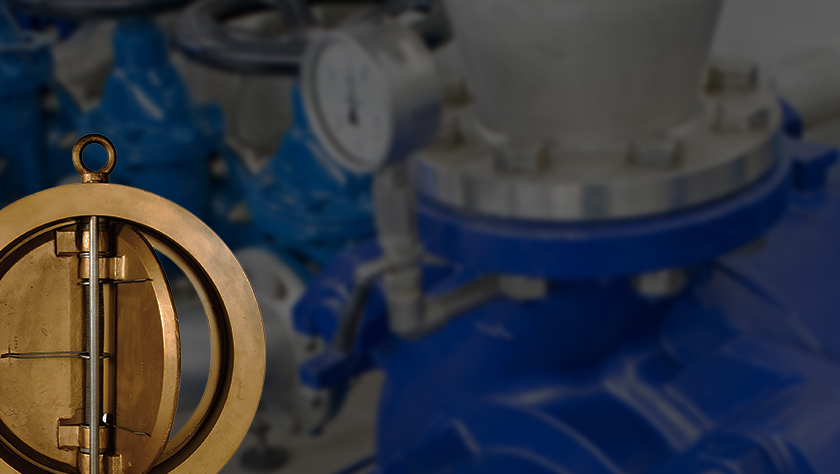Industrial valves are mechanical devices that are used in various industries to control the flow of fluids and gases.
Valve automation is the process of adding a valve actuator and control system to the valve and can be powered by electric, human, hydraulic, or pneumatic energy.
Just like valves, there are different types of valve automation.
Types of Valve Automation
- Manual: There are various ways to use valve automation via manual energy. This includes hand wheels, levers, and gears. Since it is manually operated, it isn’t as costly as other methods. However, it is impossible to operate larger valves manually because of the high thrust requirements. There can also be a safety issue if the valve is located in remote or hazardous environments.
- Pneumatic: Pneumatic valve actuators use gas or air pressure as its power source to turn the valve on or off. Because of their simplistic design, they require minimal maintenance. Besides, they can be even used in areas with extreme temperatures.
- Hydraulic: Much like Pneumatic valve actuators, hydraulic valves use fluid pressure as its power source. Hydraulic actuators are suited for high-force applications, and they can produce more significant force than pneumatic actuators of the same size.
- Electric: The electric actuator converts electrical energy into torque to operate the machine. Out of the four types, electric valve actuators offer the highest precision control positioning. Besides, they are non-toxic, quiet, and energy-efficient. They are expensive and not ideal for applications that require high speed or failure modes.
Difference between Valves & Actuators
If you have worked with industrial valve suppliers, you might know that both valves and actuators play a crucial role in automating process control.
A valve is used to control the amount of fluid flowing through a pipe/machine. However, you must
A valve is used to control the amount of fluid flowing through a pipe/machine. However, you must set it either in a specific position or control it manually. Actuators, on the other hand, is controlled by a computer system that uses different sensors which dictate the action of the actuator and therefore the valve.
SKG PNEUMATICS INC is the leading industrial valve dealers in Delhi and can fulfill your valve requirements. All you need to do is tell us what you need and when we will do the needful. The best part? We provide a guarantee for all our products.














 FSC
FSC